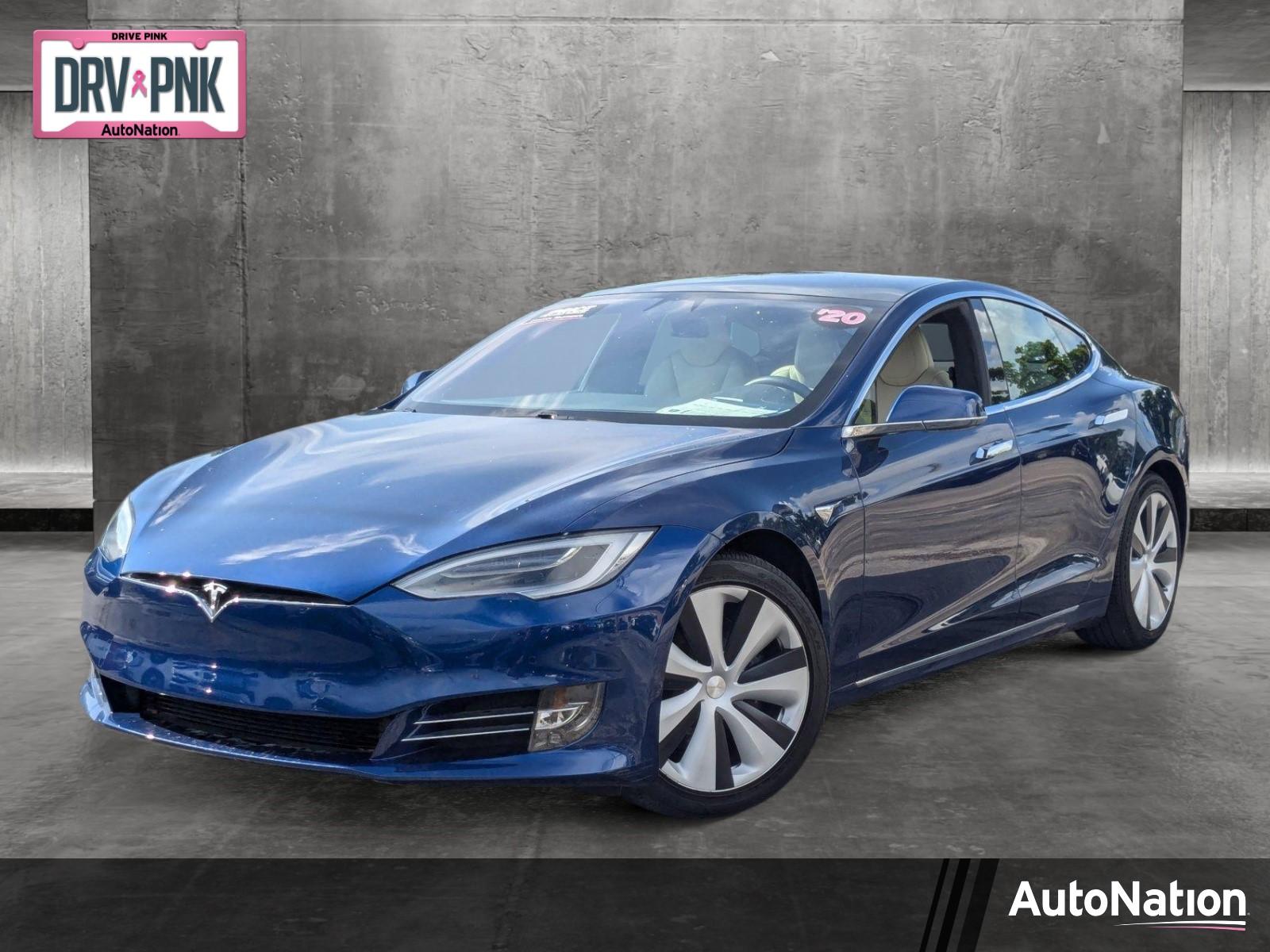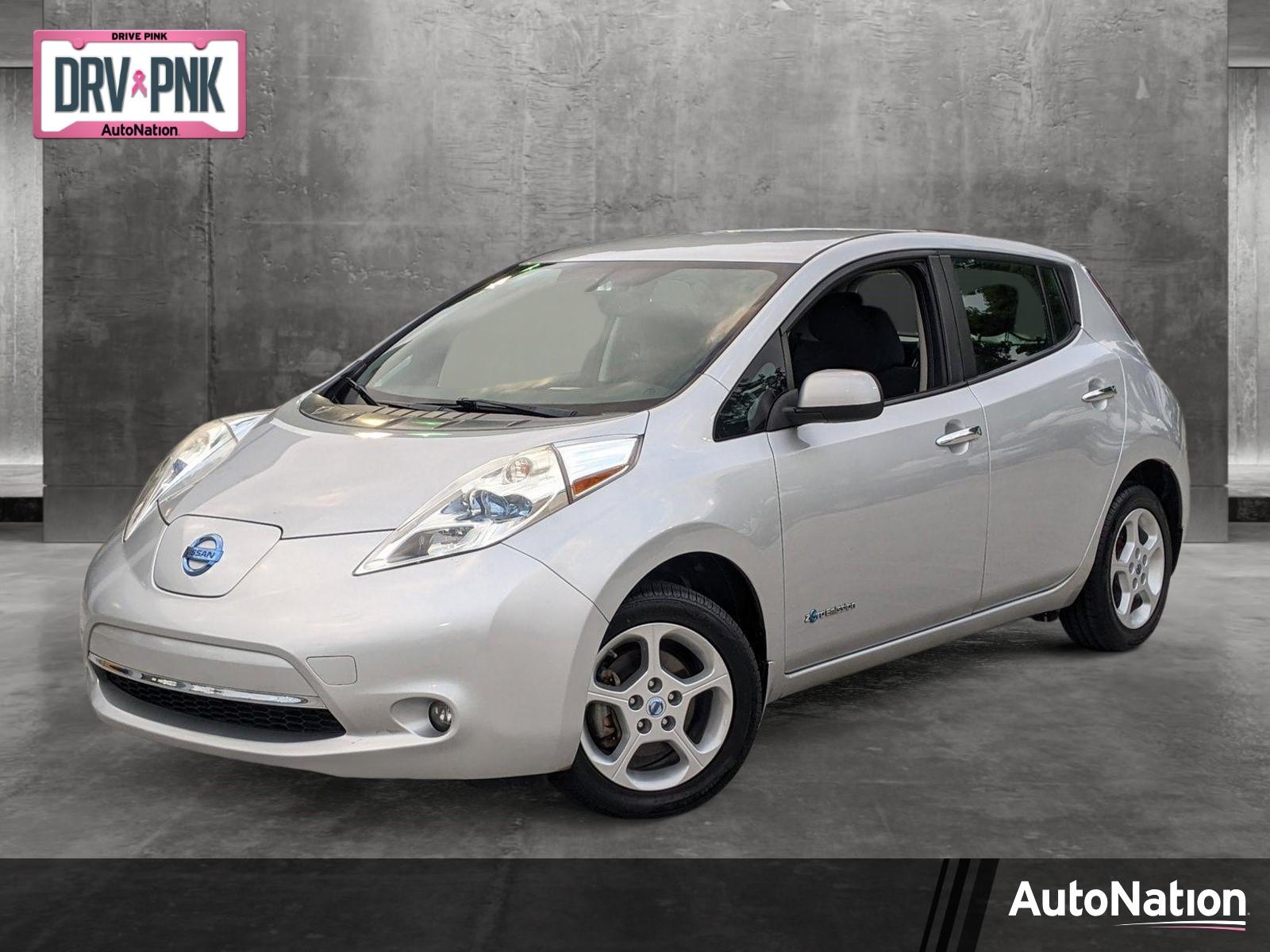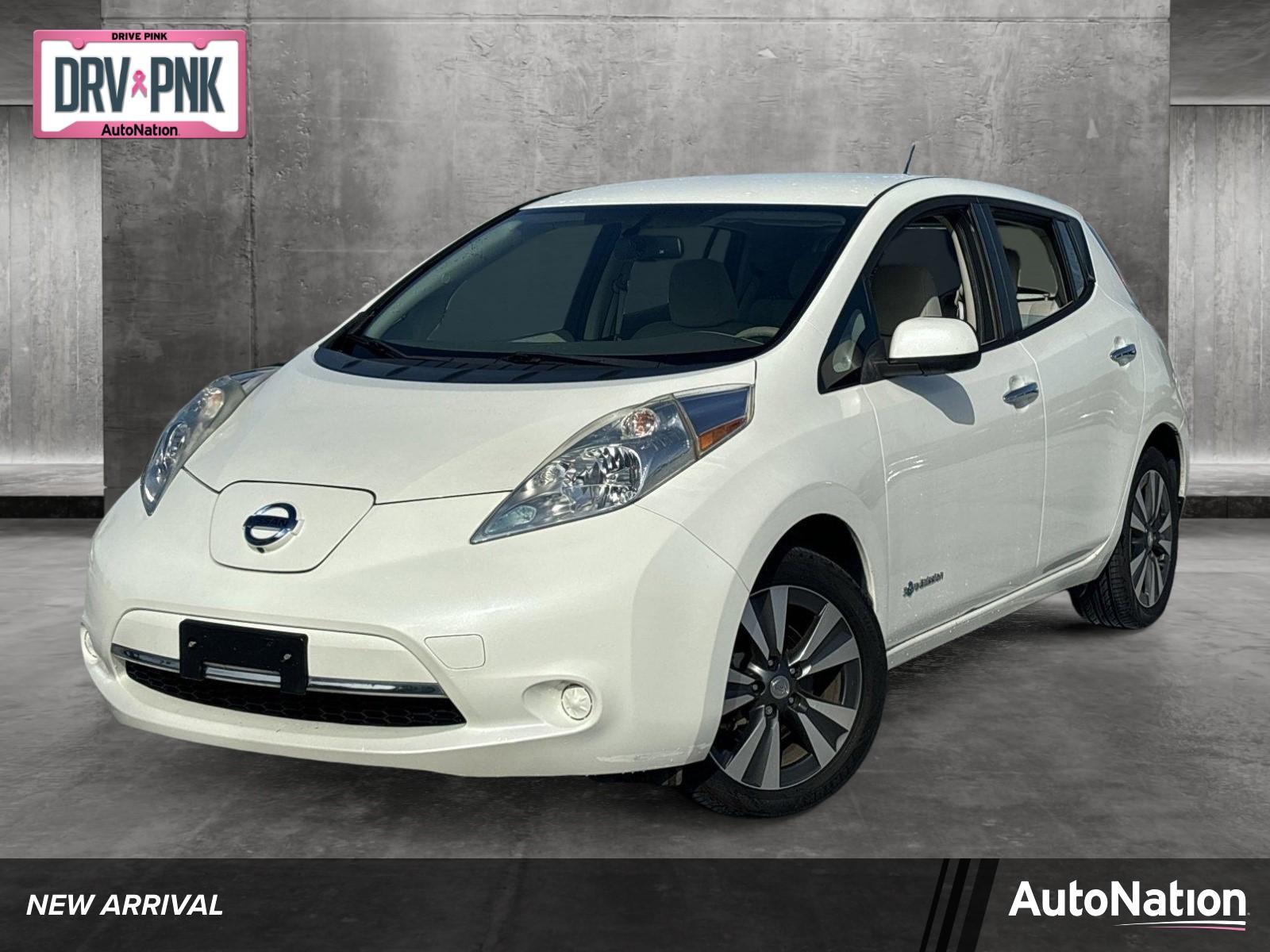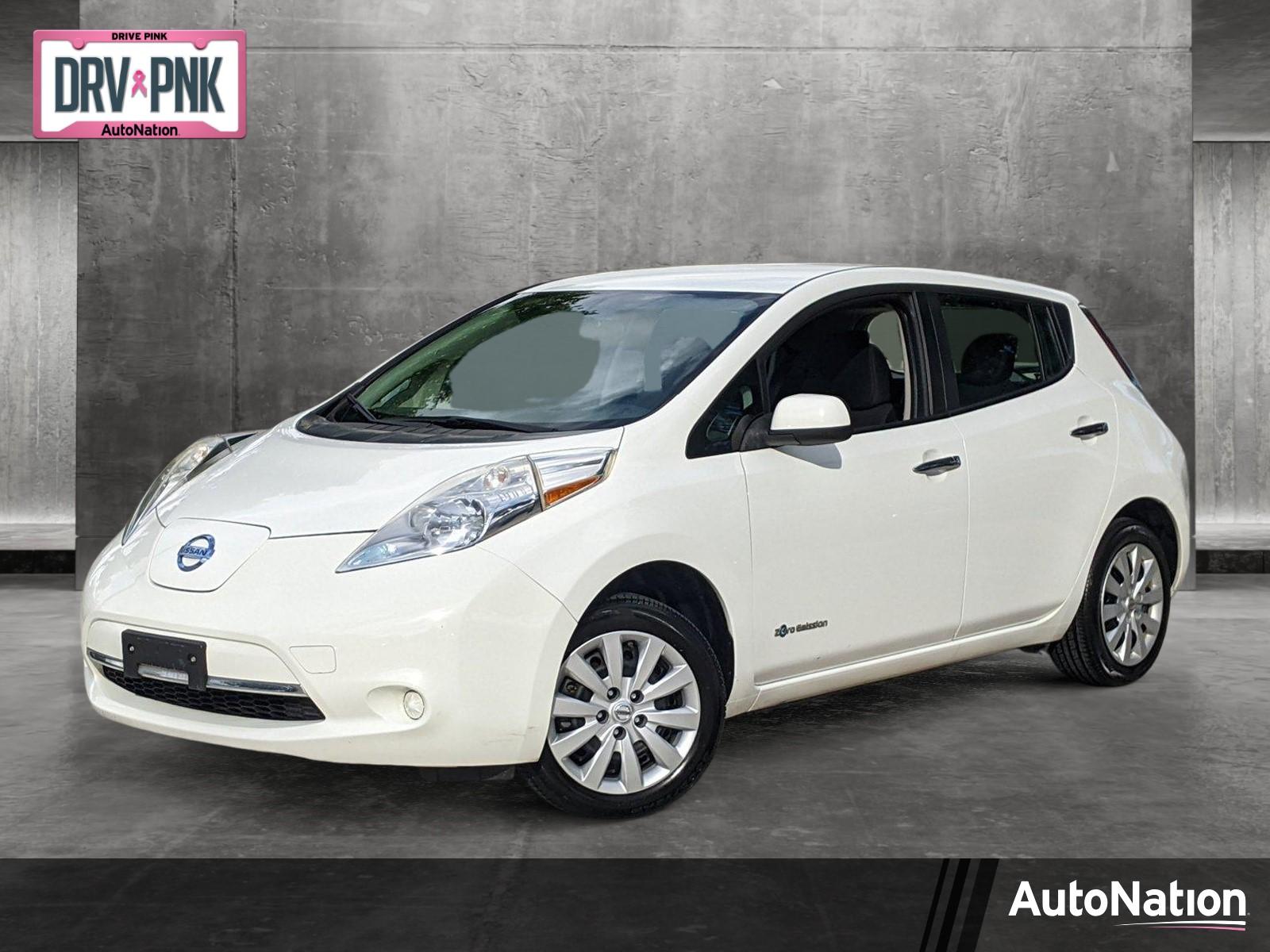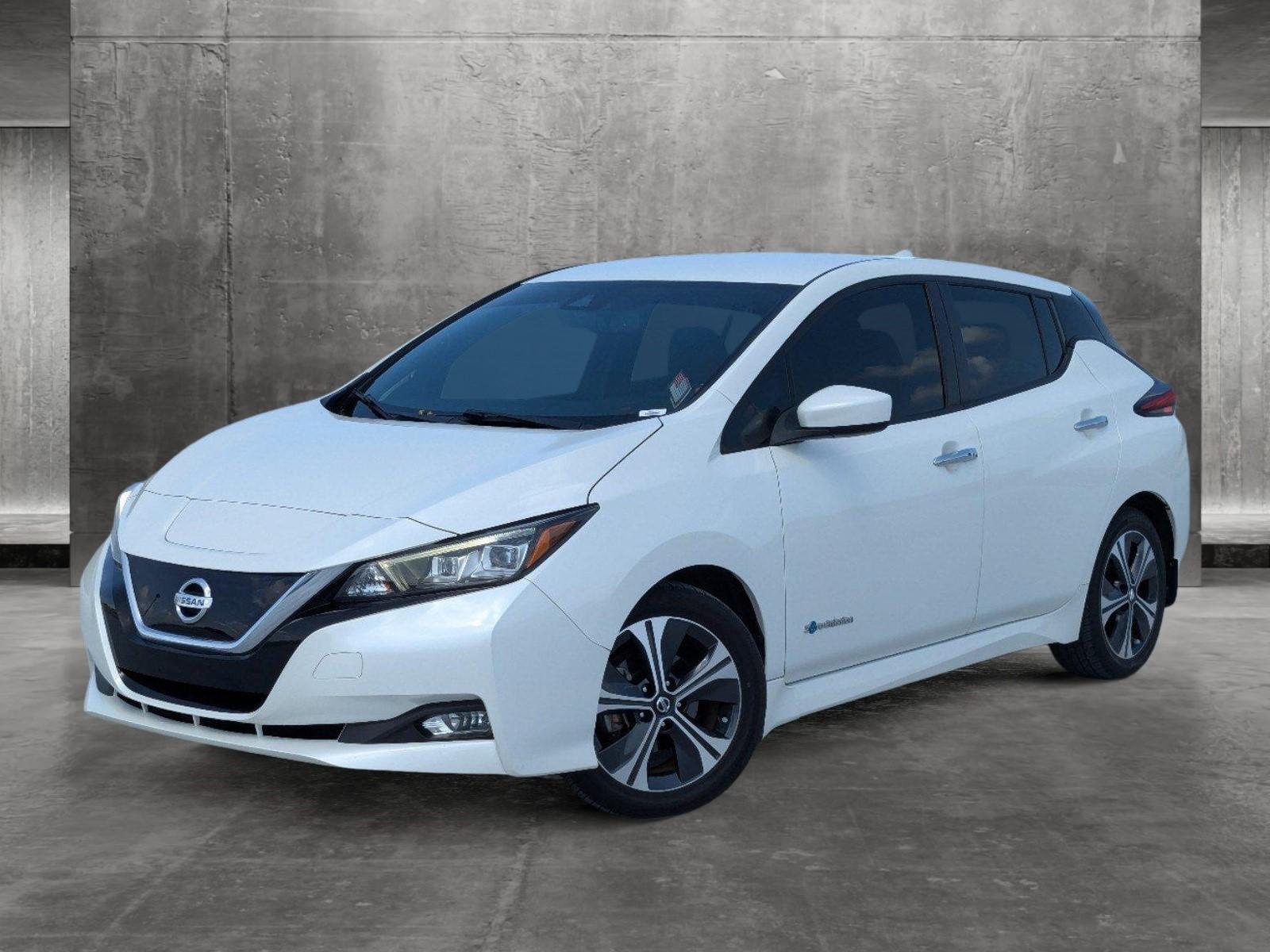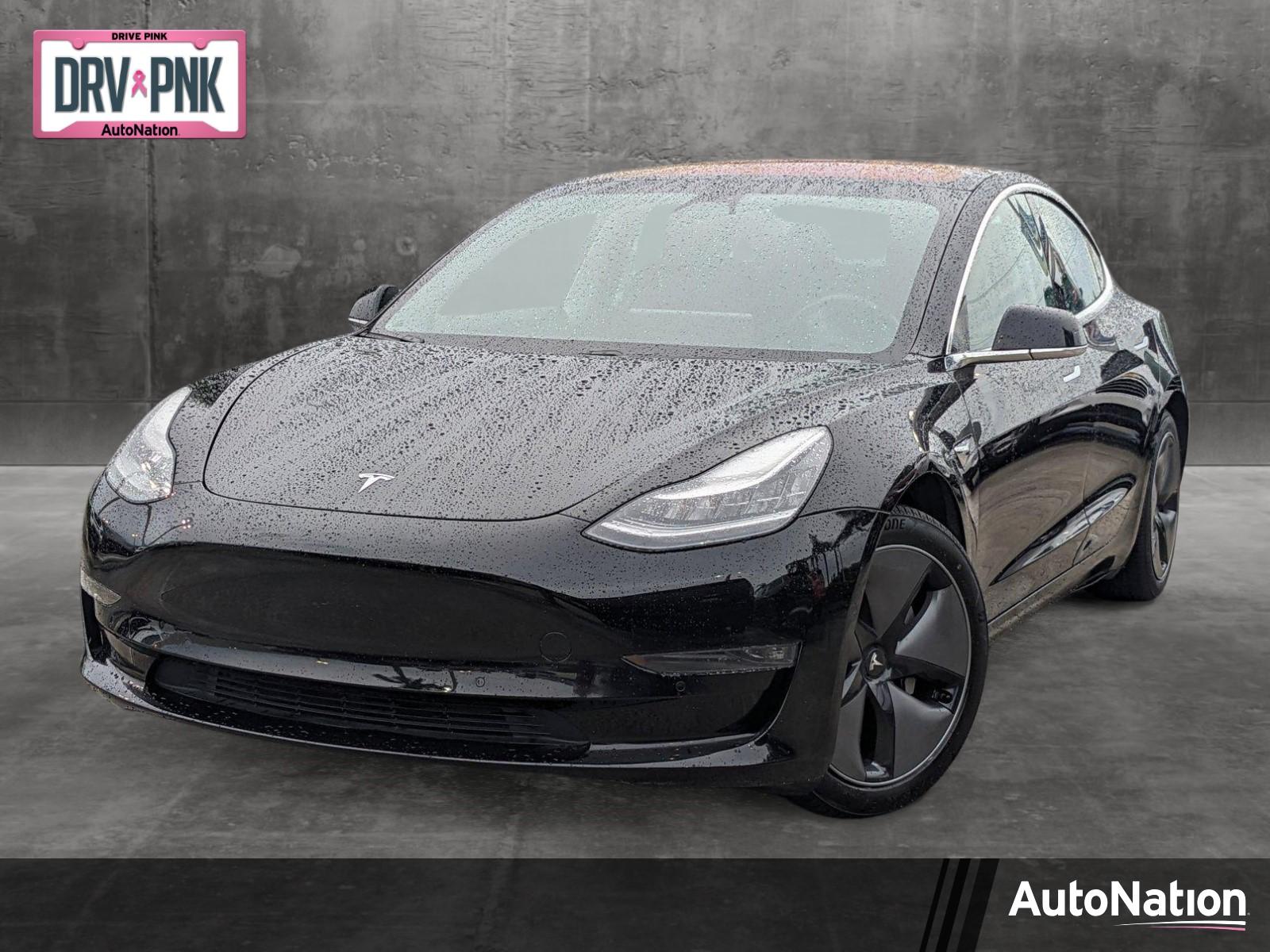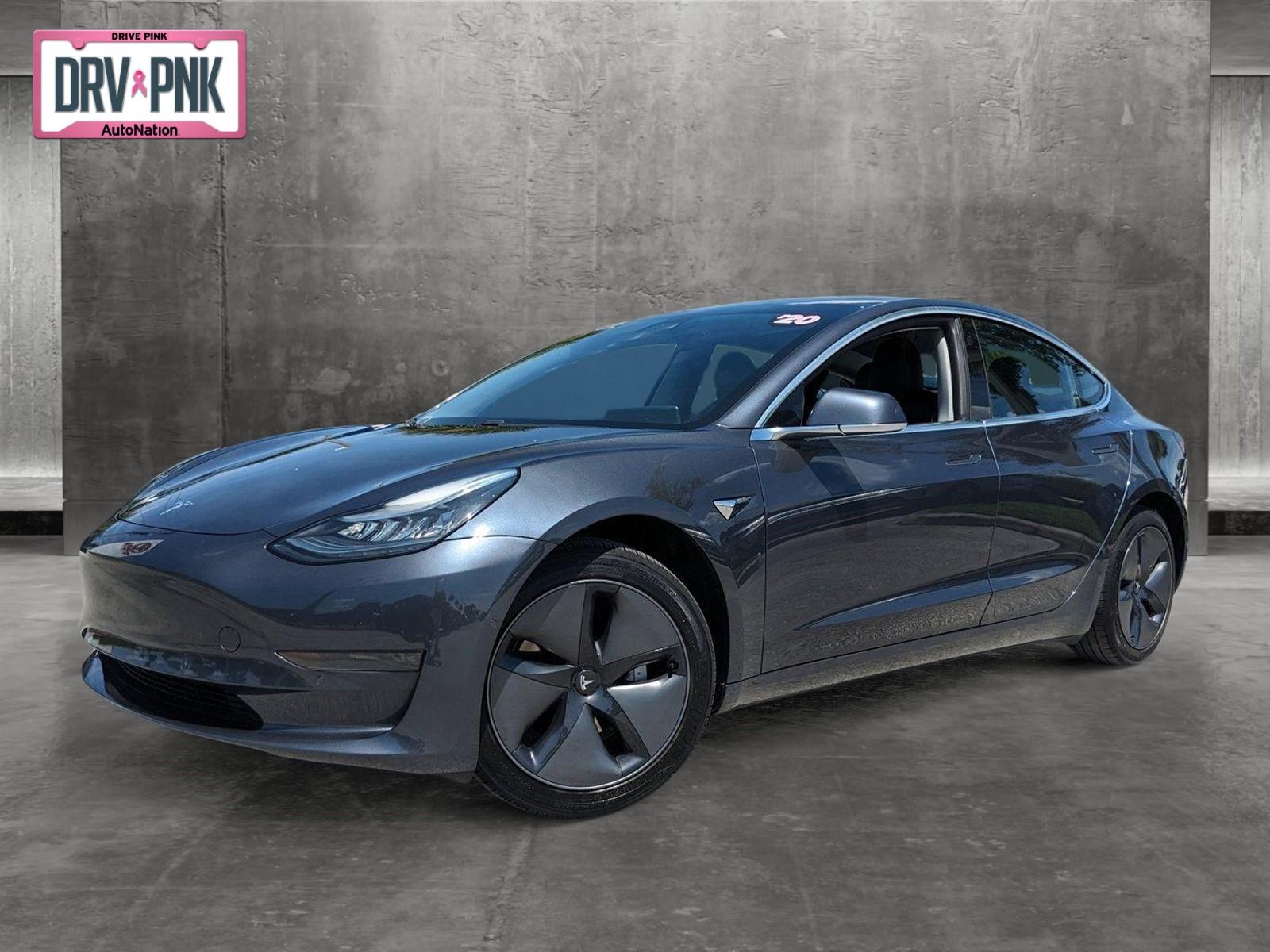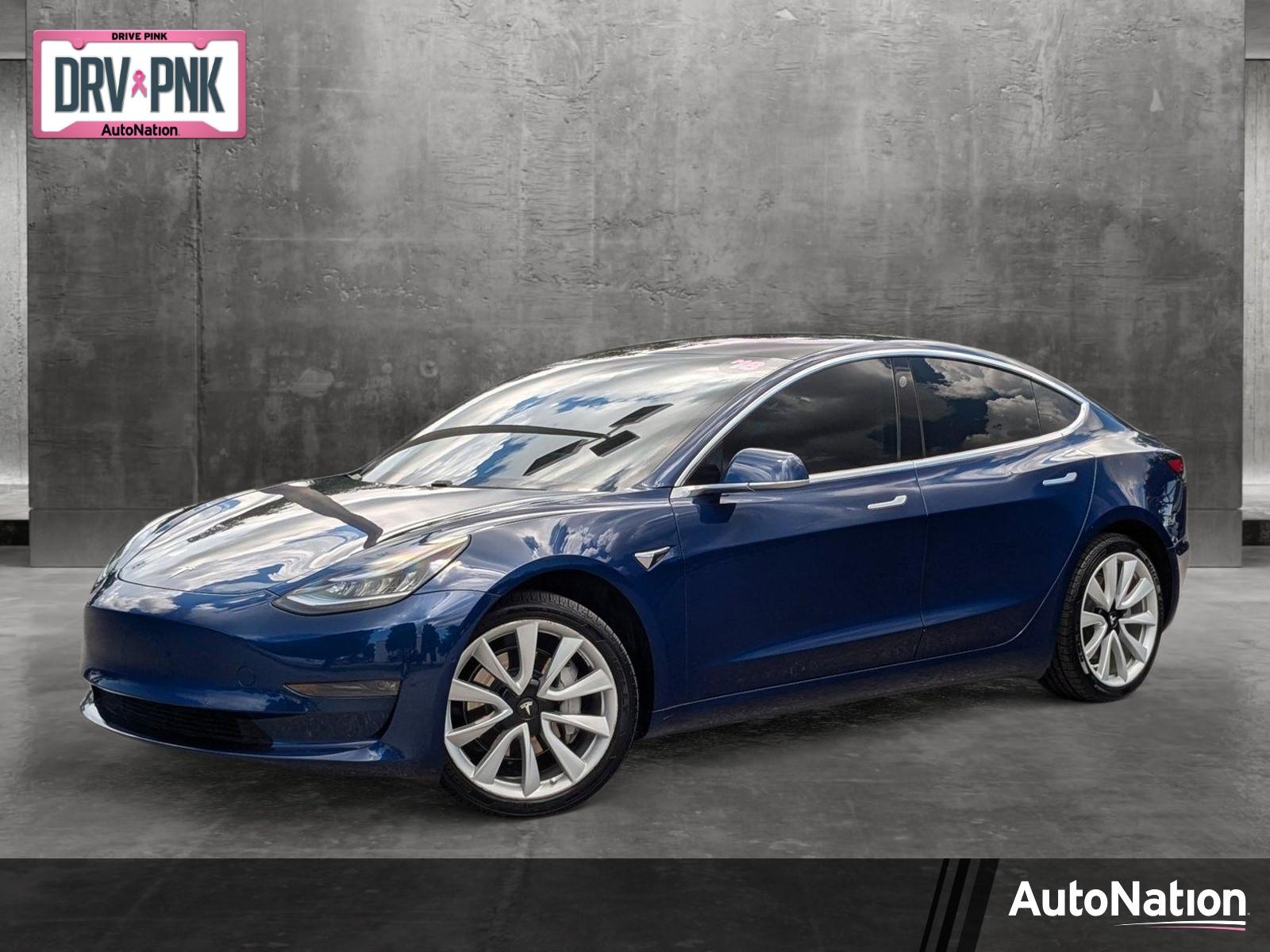AutoNation is Your Goto Source for all things EV in MIAMI
Whether you are looking for an all-electric vehicle (EV) or a plug-in hybrid, you'll find Chevrolet electric cars for sale in MIAMI at AutoNation Chevrolet Coral Gables near South Miami and Hialeah.
Shop the current selection of new and used electric cars, hybrids and plugin-hybrids for sale AutoNation Chevrolet Coral Gables, or learn more about Chevrolet electric vehicles and contact us for any questions about this exciting new era in the world of automotive.
Shop the current selection of new and used electric cars, hybrids and plugin-hybrids for sale AutoNation Chevrolet Coral Gables, or learn more about Chevrolet electric vehicles and contact us for any questions about this exciting new era in the world of automotive.
Chevrolet Electric Vehicle Lineup
Silverado EV
The 2024 Chevrolet Silverado EV is a reimagined full-size, fully-electric pickup, developed from the ground up, leveraging the power of GM’s Ultium EV platform. It offers a revolutionary mix of performance, capability, technology, and style, including an expected GM-estimated range of 400 miles on a full charge, standard DC fast charging, up to 10.2kW of offboard power and up to 10,000 pounds of maximum trailering.

Equinox EV
the 2024 Chevrolet Equinox EV is very different from the regular Equinox. Instead of running on gasoline, it uses electric power. The base model has front-wheel drive with one electric motor that produces 213 horsepower. You can also get an all-wheel-drive version with two motors, boosting the power to 288 horsepower. The front-wheel-drive version can go up to 319 miles on a full charge, while the all-wheel-drive version goes up to 285 miles.
The Equinox EV has a cool mix of futuristic and traditional SUV designs. It comes with many features, like GM's Super Cruise hands-free driving system. However, the inside isn't as roomy as you might expect. The Equinox EV is priced attractively, making it a good choice for people thinking about switching from a gasoline SUV to an electric one.
The Equinox EV has a cool mix of futuristic and traditional SUV designs. It comes with many features, like GM's Super Cruise hands-free driving system. However, the inside isn't as roomy as you might expect. The Equinox EV is priced attractively, making it a good choice for people thinking about switching from a gasoline SUV to an electric one.
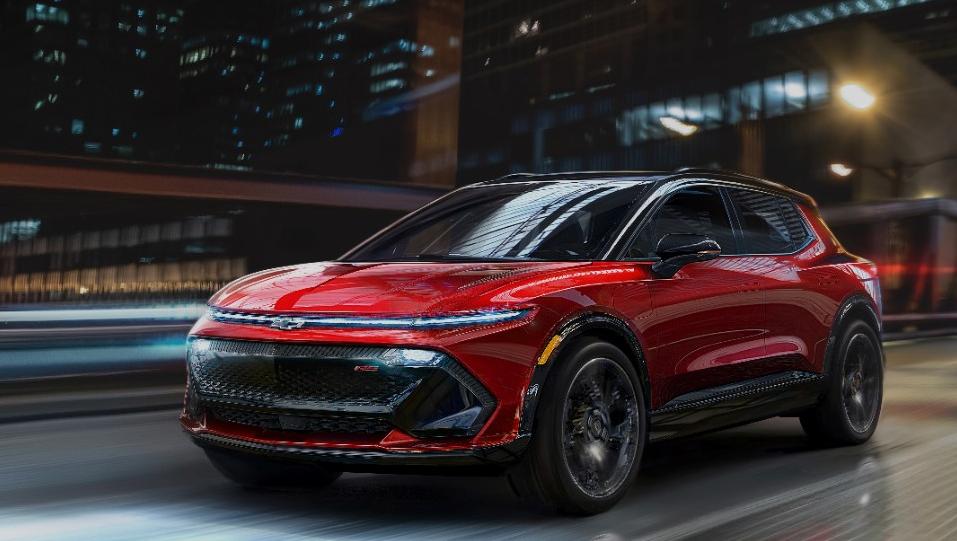
Blazer EV
The 2025 Chevrolet Blazer EV has a lot going for it. It looks great, has two roomy rows of seats, drives confidently, and offers a good driving range. The rear-wheel-drive RS model can go up to 324 miles on a full charge, which is impressive for an EV. If you choose all-wheel drive or one of the LT trims, the range drops below 300 miles. Performance is solid: the all-wheel-drive RS can go from 0 to 60 mph in 6.0 seconds. But if you love speed, the SS model is the best choice with 557 horsepower, reaching 60 mph in about four seconds, according to Chevy.

What is an electric car?
Electric vehicle technology has rapidly progressed over recent years, with new and previously inconceivable innovations helping drive this new way to view transportation in a modern world. With quantum leaps in electric motor and battery cell high-tech mechanics, automotive OEMs across the globe are racing to switch their model line focus to specialize in electricity as opposed to gasoline combustion.
While there is still much work to be done in the means of battery car charging station networks to support this wave of new vehicles, the path to this very near future of automotive is quickly taking shape. According to a 2021 Consumers Reports article, over 100 BEV (Battery Electric Vehicles) will be hitting the market in the next five years, giving drivers who want to embrace this technology a wide selection of experiences to choose from.
Electric Car Battery Technology
A key component to the success of any electric vehicle lies in its’ battery capabilities. Liquid Lithium-Ion batteries are one such preferred battery tech that can be found in many electric vehicles. Lithium ions move from the negative electrode through an electrolyte to the positive electrode during discharge, and back the opposite way when charging. Li-on batteries utilize use an intercalated lithium compound as the material at the positive electrode and usually graphite at the negative electrode. Another emerging battery type used in some newer models are considered Solid-State, which use thin layers of solid electrolytes to pass lithium ions between negative and positive electrodes. With solid-state batteries being as much as eight times more expensive to produce, and hard to build at scale, these batteries will more likely be reserved for luxury electric vehicles.
Electric vs. Plug-in Hybrid
In addition to hybrid vehicles and fully electric cars, there is a third breed of new electric vehicle technology: The Plug-in Hybrid.
What is the difference between a fully electric car, a standard hybrid and a plug-in hybrid? Like hybrid cars, plug-in hybrids have both electric and gas motor. The major difference is that on a plug-in hybrid, the gas motor is held in reserve in case your battery runs out of change. In other respects, a plug-in hybrid functions more like a fully electric car, in that it primarily relies on an electric motor, powered by a large battery that you plug in to charge.
Electric vs. Plug-in Hybrid
Plug-in hybrid
- Primary propulsion: electric motor, supplementary gas motor
- Fuel: Electric battery, backup gas fuel tank available
- Range: Battery range + gas fuel tank
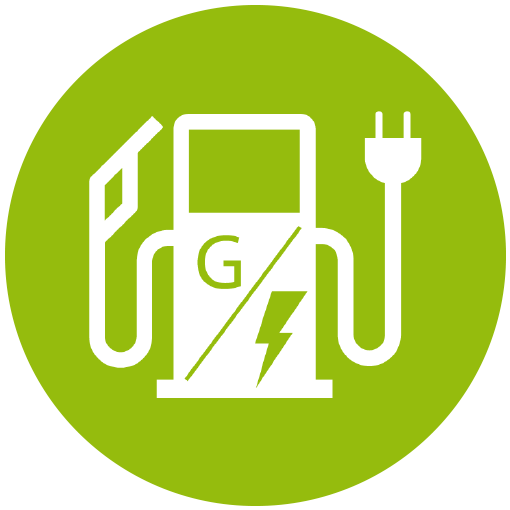
Electric Cars
Electric Cars
- Primary propulsion: electric motor
- Fuel: Electric battery
- Range: Battery range
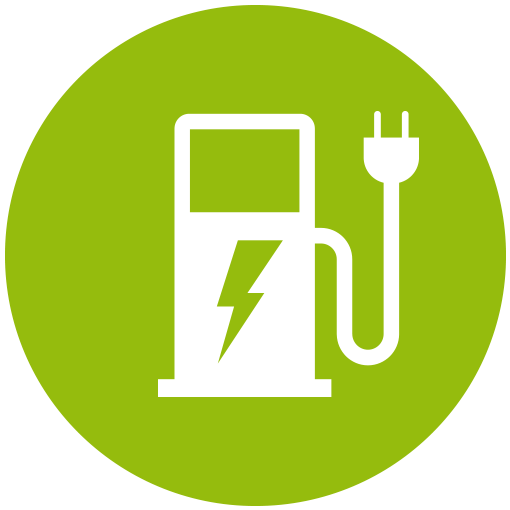
Standard hybrid
Standard hybrid
- Primary propulsion: electric motor, supplementary electric motor
- Fuel: Gas, supplementary passive-charging battery
- Range: Gas fuel tank range
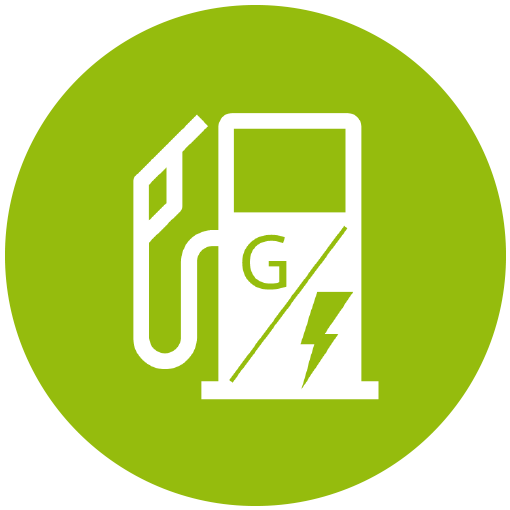
Find a Charger Near You
Use the map below to find a charger near you. The map is powered by ChargeHub and is constantly being updated with all the latest charging networks.
Electric Vehicle Frequently Asked Questions
One of the many benefits of owning an all-electric vehicle (EV) is that you'll never need to visit a gas station. And charging it is as simple as plugging in a power cord, just like any other household electronic device. But since electric vehicles are essentially a complex, self-contained power plant, there's value in understanding the various aspects that affect charging performance, battery health, and cost of ownership. Keep reading for answers to some of the most commonly asked questions regarding the charging and regular maintenance of an all-electric vehicle.
What Are the Basics of Charging an Electric Vehicle?
Every electric vehicle can be charged by plugging in the appropriate cable into any household power outlet. This method is called Level 1 charging, and is accomplished with the power cord that's included as part of the lease or purchase of the electric vehicle.
This is the most convenient form of charging because all you need is access to a standard electrical outlet found in the garage or on the outside of your home - there's no setup or modifications required. But since the battery capacity of an electric vehicle is quite large, and household electrical systems aren't industrial strength by nature, Level 1 charging is the slowest method of replenishing power.
What Is Level 2 Charging?
Waiting nearly two days to charge your vehicle is obviously not ideal, which is why all electric vehicles offer a faster charging speed obtained via Level 2 charging. This higher power delivery is most commonly found in commercial parking lots in malls or shopping centers, and also designated EV parking spaces in office complexes. Some Level 2 charging stations are offered as complimentary perks, but others may require a paid subscription or one-time payment to activate charging - the electricity you're using isn't free after all. Level 2 charging significantly speeds up the process, with many electric vehicles reaching an optimal operating range after about 4 to 8 hours of being plugged in. Keep in mind that the power delivered by Level 2 charging stations can vary, and ultimately, your vehicle is in control of how quickly it can charge.
The speed and convenience of Level 2 charging can be had in your home too, but it may require professional installation of charging equipment, and possibly modification of your home's electrical panel if there isn't enough capacity.
What Is Quick Charging?
"Quick Charging" or Level 3 charging is the fastest form of recharging available today, and can only be found at dedicated stations which require a subscription or payment. But the benefits are well worth the cost, especially if you're taking a long road trip or forgot to charge your vehicle the day before.
Today's newest electric vehicles are really able to take advantage of Level 3 charging. When connected to a 350 kW DC fast charger, your electric vehicle will charge the fastest!
Where Are Charging Stations Located?
With electric vehicles becoming more popular, charging stations are easier to find than ever, especially if you live in a large metropolitan area. Many major malls, grocery stores, and office buildings have dedicated EV parking spaces with charging stations, and more "EV rest stops" are popping up alongside America's most popular freeways.
EVgo, Electrify America, and ChargePoint are examples of the growing networks of charging stations in the country, and finding specific charging stops is as simple as visiting a website or mobile app. Many EVs will already have these charging locations programmed in the navigation system, and Android Auto or Apple CarPlay will also have this information on-hand.
When Is the Best Time to Charge an Electric Vehicle?
In some ways, EVs are just like your smartphone, in that the best time to charge it is, honestly, whenever you have convenient access to power. This could be when you're at work, shopping for groceries, or simply parked at home for the evening.
Because the element of time is unavoidable with electric charging, I personally like to always top off whenever I can so I don't end up with a low battery and "range anxiety." When charging at home, utilize the EV's built-in scheduling function to automatically charge during non-peak hours to reduce electric bill costs and network load.
What is MPGe?
In the past, the vast majority of vehicles on the road were fueled by gas or diesel. So it made sense to measure efficiency by how many miles a vehicle could travel on a gallon. Hence the familiar MPG on the window sticker.
But when the automotive industry began to pivot toward electric vehicles, the Environmental Protection Agency (EPA) needed a new measurement. MPGe stands for "miles per gallon equivalent." In creating the MPGe standard, the EPA based it around the fact that the energy in a gallon of gasoline was equivalent to 33.7 kilowatt-hours (kWh).
What Are the Basics of Charging an Electric Vehicle?
Every electric vehicle can be charged by plugging in the appropriate cable into any household power outlet. This method is called Level 1 charging, and is accomplished with the power cord that's included as part of the lease or purchase of the electric vehicle.
This is the most convenient form of charging because all you need is access to a standard electrical outlet found in the garage or on the outside of your home - there's no setup or modifications required. But since the battery capacity of an electric vehicle is quite large, and household electrical systems aren't industrial strength by nature, Level 1 charging is the slowest method of replenishing power.
What Is Level 2 Charging?
Waiting nearly two days to charge your vehicle is obviously not ideal, which is why all electric vehicles offer a faster charging speed obtained via Level 2 charging. This higher power delivery is most commonly found in commercial parking lots in malls or shopping centers, and also designated EV parking spaces in office complexes. Some Level 2 charging stations are offered as complimentary perks, but others may require a paid subscription or one-time payment to activate charging - the electricity you're using isn't free after all. Level 2 charging significantly speeds up the process, with many electric vehicles reaching an optimal operating range after about 4 to 8 hours of being plugged in. Keep in mind that the power delivered by Level 2 charging stations can vary, and ultimately, your vehicle is in control of how quickly it can charge.
The speed and convenience of Level 2 charging can be had in your home too, but it may require professional installation of charging equipment, and possibly modification of your home's electrical panel if there isn't enough capacity.
What Is Quick Charging?
"Quick Charging" or Level 3 charging is the fastest form of recharging available today, and can only be found at dedicated stations which require a subscription or payment. But the benefits are well worth the cost, especially if you're taking a long road trip or forgot to charge your vehicle the day before.
Today's newest electric vehicles are really able to take advantage of Level 3 charging. When connected to a 350 kW DC fast charger, your electric vehicle will charge the fastest!
Where Are Charging Stations Located?
With electric vehicles becoming more popular, charging stations are easier to find than ever, especially if you live in a large metropolitan area. Many major malls, grocery stores, and office buildings have dedicated EV parking spaces with charging stations, and more "EV rest stops" are popping up alongside America's most popular freeways.
EVgo, Electrify America, and ChargePoint are examples of the growing networks of charging stations in the country, and finding specific charging stops is as simple as visiting a website or mobile app. Many EVs will already have these charging locations programmed in the navigation system, and Android Auto or Apple CarPlay will also have this information on-hand.
When Is the Best Time to Charge an Electric Vehicle?
In some ways, EVs are just like your smartphone, in that the best time to charge it is, honestly, whenever you have convenient access to power. This could be when you're at work, shopping for groceries, or simply parked at home for the evening.
Because the element of time is unavoidable with electric charging, I personally like to always top off whenever I can so I don't end up with a low battery and "range anxiety." When charging at home, utilize the EV's built-in scheduling function to automatically charge during non-peak hours to reduce electric bill costs and network load.
What is MPGe?
In the past, the vast majority of vehicles on the road were fueled by gas or diesel. So it made sense to measure efficiency by how many miles a vehicle could travel on a gallon. Hence the familiar MPG on the window sticker.
But when the automotive industry began to pivot toward electric vehicles, the Environmental Protection Agency (EPA) needed a new measurement. MPGe stands for "miles per gallon equivalent." In creating the MPGe standard, the EPA based it around the fact that the energy in a gallon of gasoline was equivalent to 33.7 kilowatt-hours (kWh).
Electric Vehicles For Sale
Pre-Owned 2020 Tesla Model S Long Range AWD *Ltd Avail*
- MSRP Less Savings $47,991
- Miles
- 14,401
- Exterior
- Deep Blue Metallic
- Engine
- DUAL MOTOR - ST
Pre-Owned 2013 Nissan LEAF 4dr HB SV
- AutoNation 1Price $4,991
- Miles
- 101,063
- Exterior
- Brilliant Silver
- Engine
- ELECTRIC
Pre-Owned 2015 Nissan LEAF 4dr HB SV
- AutoNation 1Price $6,772
- Miles
- 63,321
- Exterior
- Pearl White
- Engine
- ELECTRIC
Pre-Owned 2015 Nissan LEAF 4dr HB S
- AutoNation 1Price $6,998
- Miles
- 55,395
- Exterior
- Glacier White
- Engine
- MOTOR
Pre-Owned 2018 Nissan LEAF SV Hatchback
- MSRP Less Savings $10,493
- Miles
- 98,145
- Exterior
- Pearl White
- Engine
- 148 hp 0 liter 0-cylinder
Pre-Owned 2013 Tesla Model S 4dr Sdn Performance
- AutoNation 1Price $15,997
- Miles
- 100,870
- Exterior
- White
- Engine
- TIER 7 BATTERY
Pre-Owned 2023 Nissan LEAF S Hatchback
- AutoNation 1Price $16,991
- Miles
- 15,287
- Exterior
- Super Black
- Engine
- 110 kW electric motor
Pre-Owned 2020 Tesla Model 3 Standard Range Plus RWD
- AutoNation 1Price $18,991
- Miles
- 119,163
- Exterior
- Solid Black
- Engine
- SINGLE MOTOR -
Pre-Owned 2018 Tesla Model 3 Long Range Battery AWD
- AutoNation 1Price $19,489
- Miles
- 65,983
- Exterior
- Red Multi-Coat
- Engine
- Dual Motor - St
Pre-Owned 2018 Tesla Model 3 Long Range Battery RWD
- MSRP Less Savings $21,998
- Miles
- 68,238
- Exterior
- Solid Black
- Engine
- SINGLE MOTOR -
Pre-Owned 2019 Tesla Model 3 Mid Range RWD *Ltd Avail*
- MSRP Less Savings $22,991
- Miles
- 70,000
- Exterior
- Solid Black
- Engine
- ELECTRIC
Pre-Owned 2020 Tesla Model 3 Standard Range Plus RWD
- AutoNation 1Price $22,995
- Miles
- 46,419
- Exterior
- Gray
- Engine
- Single Motor -
Pre-Owned 2018 Tesla Model 3 Long Range Battery RWD
- AutoNation 1Price $22,997
- Miles
- 45,056
- Exterior
- Deep Blue Metallic
- Engine
- SINGLE MOTOR -
Pre-Owned 2017 Tesla Model S 75 RWD
- AutoNation 1Price $23,952
- Miles
- 46,672
- Exterior
- Silver/gray
- Engine
- ELECTRIC
Pre-Owned 2019 Tesla Model 3 Standard Range Plus RWD
- MSRP Less Savings $23,995
- Miles
- 37,608
- Exterior
- Deep Blue Metallic
- Engine
- SINGLE MOTOR -
Pre-Owned 2021 Tesla Model 3 Performance AWD
- MSRP Less Savings $28,990
- Miles
- 38,505
- Exterior
- Deep Blue Metallic
- Engine
- Dual Motor - Pe


